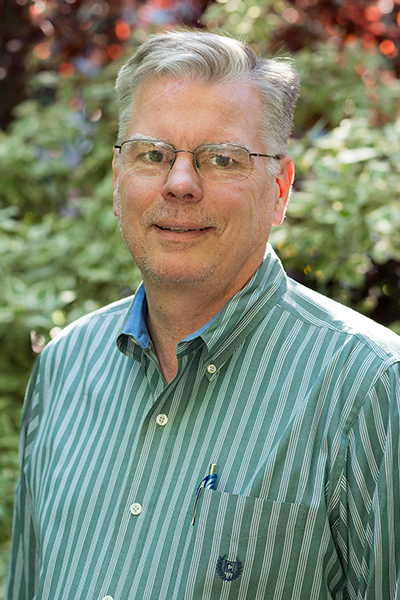ACMES: Active Cooling for Multispectral Earth Sensors
Overview
ACMES is a 6U CubeSat mission that will simultaneously test two independent technologies: Active Thermal Architectures (ATA) and the Filter Incidence Narrow-Band Infrared Spectrometer (FINIS). Each of these technologies represents a dramatic improvement in small satellite remote-sensing capabilities for Earth science applications. With ATA, researchers will be able to incorporate a continuously operating cryogenic instruments into CubeSat and small satellite missions, while FINIS will help researchers use small satellites to gather high-quality data on atmospheric gases – especially methane.
Science Area
Atmospheric gases impact innumerable Earth systems, from local weather patterns to climate change and agricultural output. Many of the instruments that could help scientists learn more about these gases are sensitive to heat, requiring energy-intensive cooling systems that make them unfit for small satellite applications. Lighter, more efficient cooling systems would give researchers access to cost-efficient techniques for monitoring our atmosphere.
Technology
ATA relies on an integrated miniature Ricor K508N tactical cryocooler and a micro-pumped single-phase fluid loop to cool cryogenic instruments with a low-viscosity heat transfer fluid, which rejects excess heat through a radiator that can be steered to avoid the sun. This will be of great use to FINIS, an instrument that uses a tilted interference filter and differential absorption to gather data along the 1.666μm wavelength. While these prototype technologies can succeed or fail independently of one another, ATA enables greater operational capability for FINIS and demonstrates a realistic and practical implementation of the cooling system.
Advancements
- Ultralight cooling system paves the way for future small satellite missions to host a more diverse payload of cryogenic instruments, increasing the scientific utility of cost-efficient CubeSats for monitoring Earth-systems.
- Novel 3D manufacturing process allows manufacturers to embed working fluid channels directly into the heat exchanger within the satellite bus, creating an extremely small cooling system that outperforms larger, more complicated cooling systems.
- Advanced differential absorption technique enables FINIS to gather atmospheric data with the same accuracy as larger instruments, reducing the cost of measuring greenhouse gases like carbon dioxide and methane.
Principal Investigator
 Charles Swenson is the Principal Investigator for ACMES. He is a professor of Electrical and Computer Engineering at Utah State University (USU), where he serves as Director of the Center for Space Engineering. His research activities are split between space science, instrumentation for measuring the space environment, space systems engineering and small satellites. He has received awards for teaching and research excellence, directs over $1 million/year in basic research and development and has over 50 scientific publications.
Charles Swenson is the Principal Investigator for ACMES. He is a professor of Electrical and Computer Engineering at Utah State University (USU), where he serves as Director of the Center for Space Engineering. His research activities are split between space science, instrumentation for measuring the space environment, space systems engineering and small satellites. He has received awards for teaching and research excellence, directs over $1 million/year in basic research and development and has over 50 scientific publications.
His co-investigators include Martin McHugh, Science and Technology Corporation (STC); and Chad Fish, ASTRA Space and USU.